Aligning with UN SDG #12: Nest-In's Approach to Sustainable Development
In today's world, people are increasingly making sustainable choices that help conserve the environment and make wise use of resources. This includes choosing eco-friendly and sustainable homes and buildings. Thanks to greater awareness of sustainable development goals and government mandates, this concept is gaining momentum across all industries, including construction.
Nest-In from the house of Tata Steel is creating positive change by offering prefabricated construction solutions and aligning with many sustainable development goals. In this blog, let us read about how Nest-In’s construction methods align seamlessly with Sustainable Development Goal #12: Ensure Sustainable Consumption and Production Patterns.
What Is United Nations Sustainable Development Goal #12?
United Nations Sustainable Development Goal (SDG) #12 focuses on sustainable consumption and production of resources to support present and future generations to come. Additionally, SDG #12 aims at minimising ecological footprints by altering the way resources are produced and utilised.
Some key targets and indicators of SDG #12 are:
- A 10-year framework for sustainable consumption and production with all developed and developing countries
- Reaching the target of sustainable management and efficient use of natural resources by 2030
- Encouraging large-scale companies to adopt sustainable practices
- Promoting sustainable public procurement aligned with national policies
- Spreading more awareness by offering access to information about sustainable development
- Aiding developing countries to enhance their technological and scientific capabilities for sustainable production and consumption of resources.
How Nest-In Redefines Construction in Alignment with SDG #12
Nest-In is known for its remarkable efficiency and sustainability when it comes to offering construction solutions to meet modern urbanisation needs.
Water Conservation
Water is a precious resource, and Nest-In recognises the importance of its conservation. Nest-In's prefab structures consume 48% less fresh water compared to traditional RCC buildings, contributing to the conservation of this vital resource. This is because the prefab structure above-ground is dry, and is built with steel frames and fibre-cement gypsum boards. Cement is used only in the foundation, thus reducing the need for large volumes of water for the drying and curing process.
Greenhouse Gas Reduction
The environmental footprint of construction extends beyond the materials used, encompassing energy consumption, machinery operation, and transportation of materials. Nest-In addresses this comprehensively by reducing greenhouse gas impacts by 53%. This reduction is attributed to the minimised use of heavy machinery, reduced construction waste, and lower transportation requirements.
The components for Nest-In's LGSF structures are manufactured in a factory-controlled environment to ensure precision and accuracy, leading to minimal construction waste being generated and reduced usage of natural resources like water. These components are then transported to the site only for final assembly, and significantly reduces the need for extensive transportation and heavy machinery.
Nest-In's modular plug-and-play structures are manufactured entirely in the factory, and the cabin is transported to the site only for final installation and electrical and plumbing connections. Similarly, this process also generates very less waste and consumes very few resources as compared to RCC construction methods.
Efficient Resource Usage
As a result of these processes and practices in its prefab construction, Nest-In structures require 65% fewer material resources. This reduction not only minimises the extraction of raw materials but also lessens the environmental impact associated with their transportation and processing.
Sustainable Development Goals (SDGs) Alignment
Nest-In's approach aligns with SDG #12 by optimising resource utilisation, conserving water, and minimising greenhouse gas emissions.
In a world where sustainability is increasingly paramount, Nest-In demonstrates that progress and environmental responsibility can go hand in hand. It represents a paradigm shift in the construction industry, offering a sustainable alternative to traditional methods. With its focus on resource efficiency, water conservation, and greenhouse gas reduction, Nest-In exemplifies how innovative approaches can contribute to achieving Sustainable Development Goals such as #12. It paves the way for a world where consumption and production patterns are in harmony with the planet's well-being.
Posted in Nest-In on Jan 08, 2024.
Contact us
Recent Post
Nest-In's Prefab Technology: The Beacon of a Sustainable Future in Construction
The Growth of Prefab Medical Infrastructure with Nest-In’s Prefab Solutions
Build What You Envision with Prefab Construction
Revolutionising India’s Infrastructure with Prefab Construction
Delivering a Fully Customised Modular Boardroom for a Top Jamshedpur Manufacturer
Category
- Nest-In 33
- HabiNest 52
- MobiNest 134
- Nestudio 27
- EzyNest 19
- Smart EzyNest 5
- ChargeNest 6
- Covid Offerings 4
- Brand 10






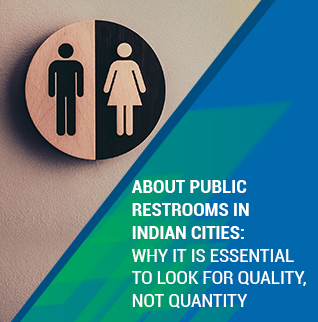


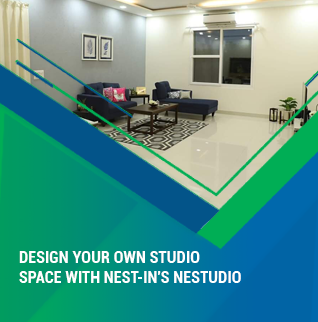






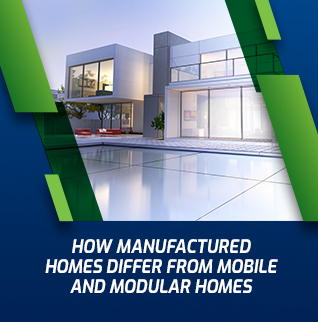



























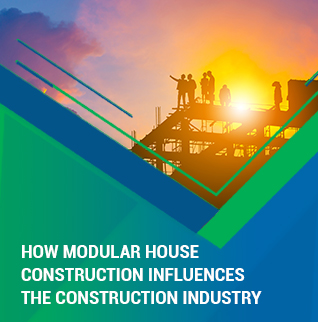


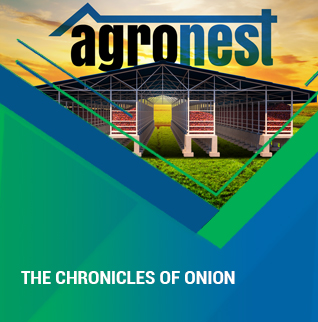




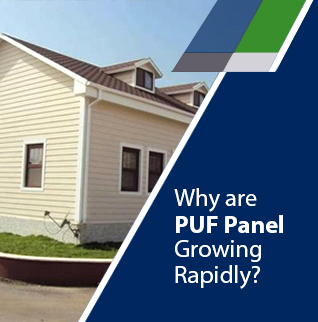


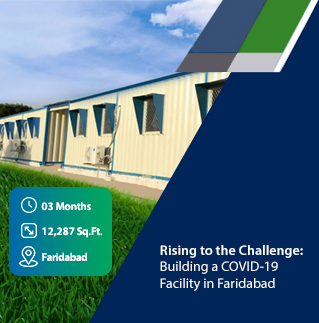













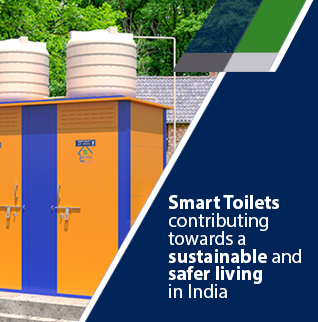



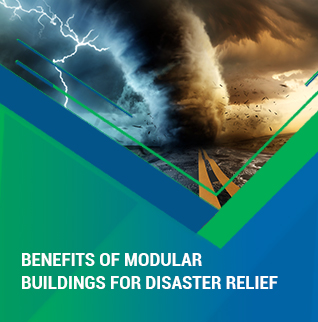
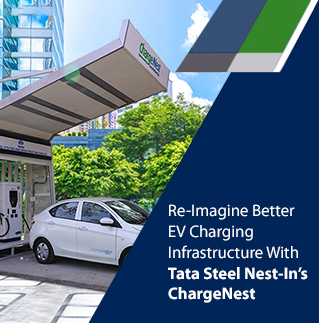

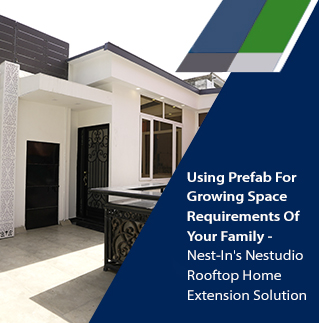



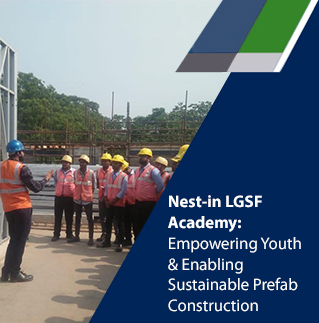

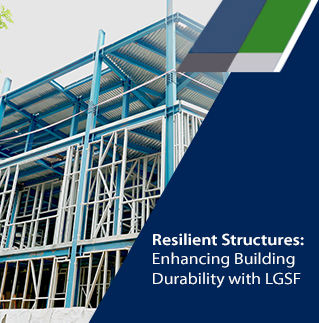



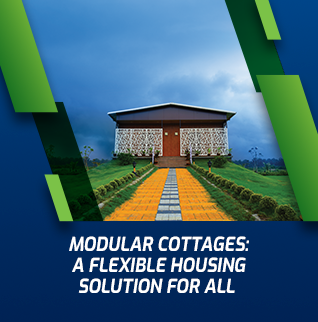












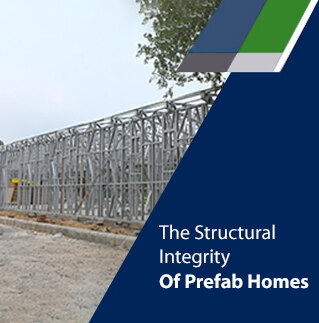












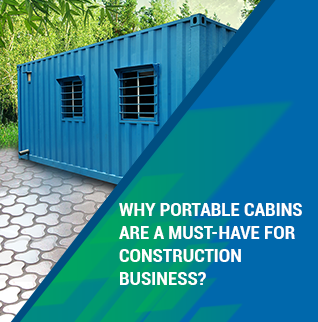


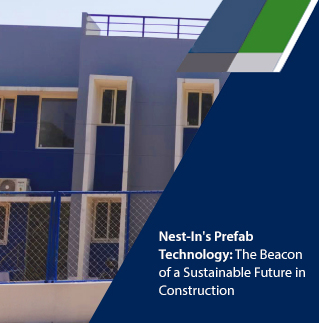





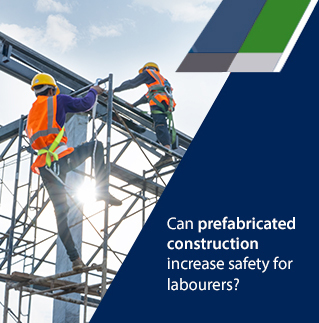









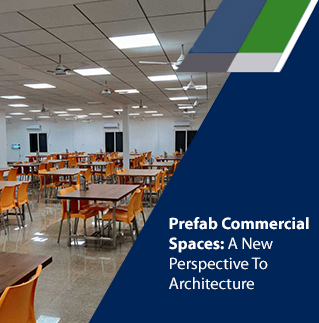

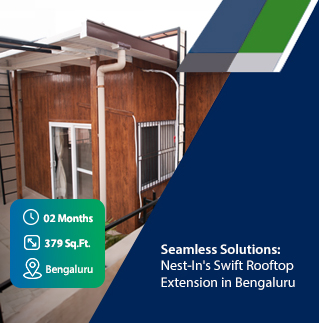


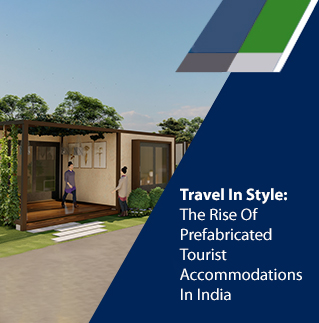

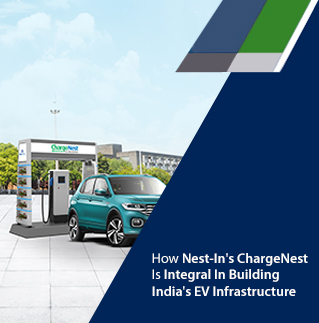
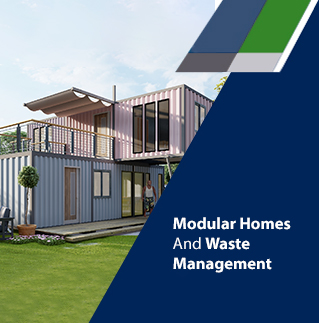












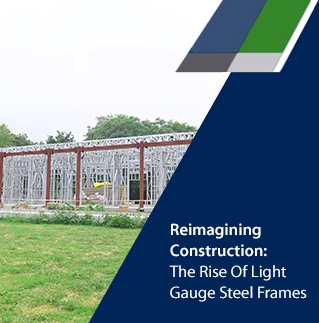












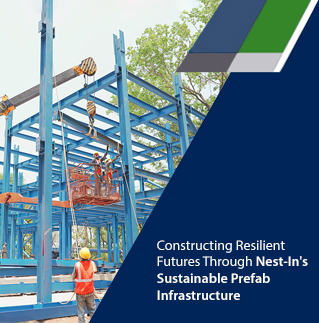










Add comment